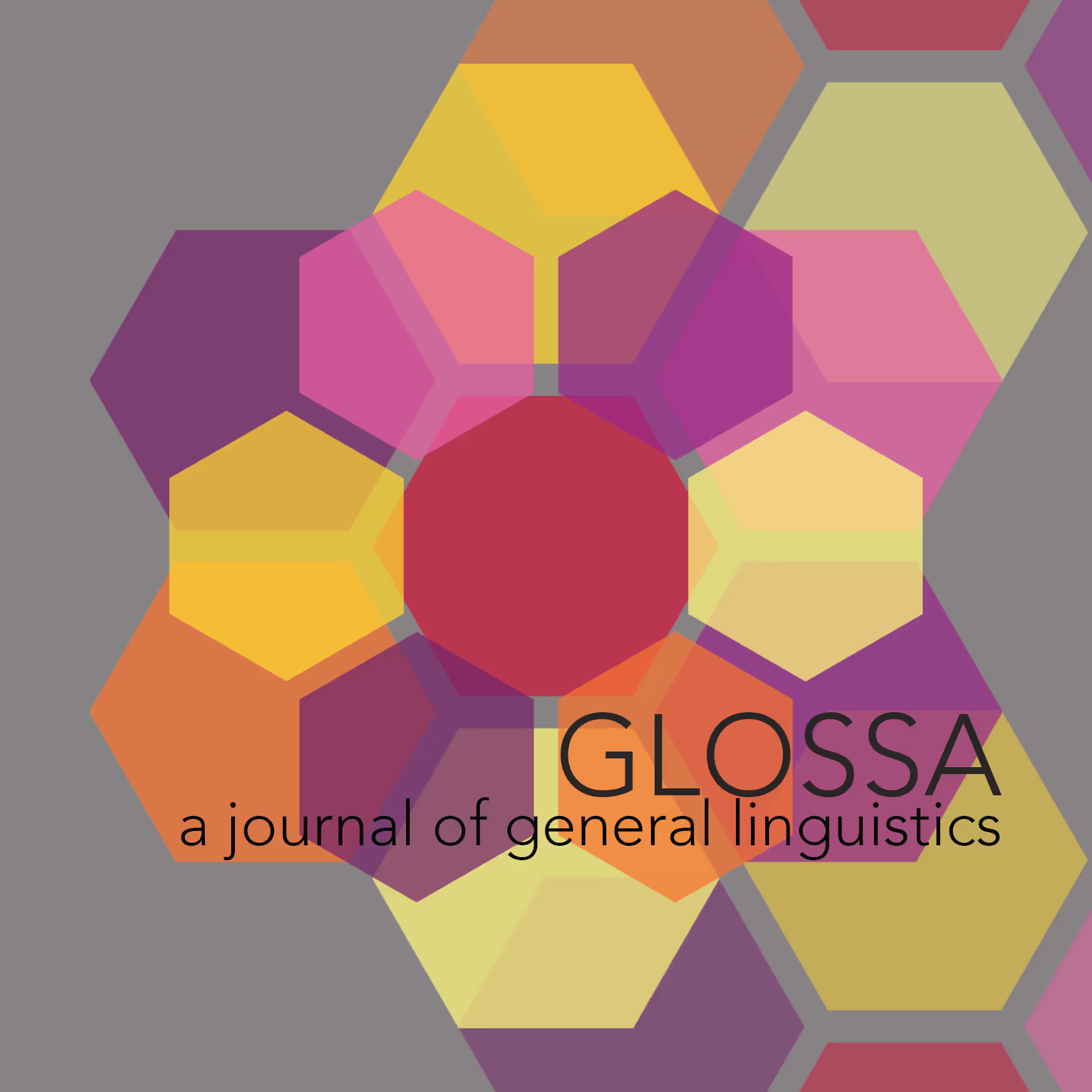
A large array of nominal measurement structures can give rise to proportional readings, i.e., readings which specify the proportional relation of two measurements. Two key questions in the analysis of such readings is (a) whether nominal measurement structures are (or can be) in some sense inherently proportional or whether proportionality comes to be part of the meaning of nominal measurement via some external factor, like the manipulation of a contextual standard, the choice of a proportional measure function, or the presence of a relative modifier, and (b) to what extent it is possible to attribute proportionality to a single source across different nominal measurement structures. This paper addresses these questions by investigating the proportional readings of three nominal measurement structures in Greek (comparatives, juxtaposed measurement structures, and partitive measurement structures) as they arise in the presence of precise proportions specified by percentages like n tis ekato ‘n percent’. We argue that even in the presence of such relative modifiers, it is necessary to assume a second source of proportionality. We provide novel evidence for the necessity of proportional measure functions for both comparatives and juxtaposed measurement structures. Partitives are the only case at hand that seems to necessitate inherent proportionality. Moreover, a unified analysis of precise proportions is shown to be possible as long as we move away from a standard analysis of differential comparatives.
semantics
measures
parts
comparisons
Artemis Alexiadou

